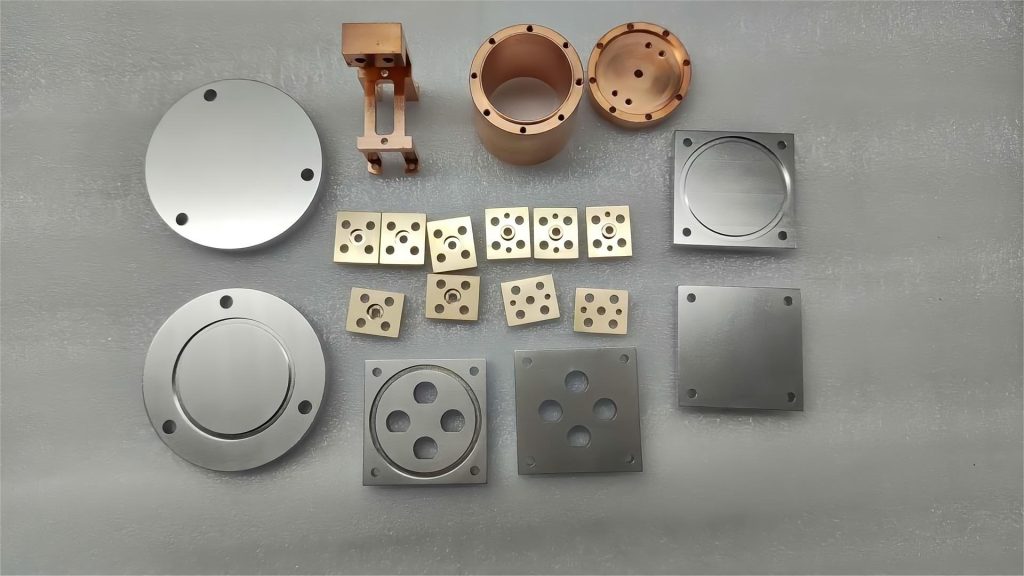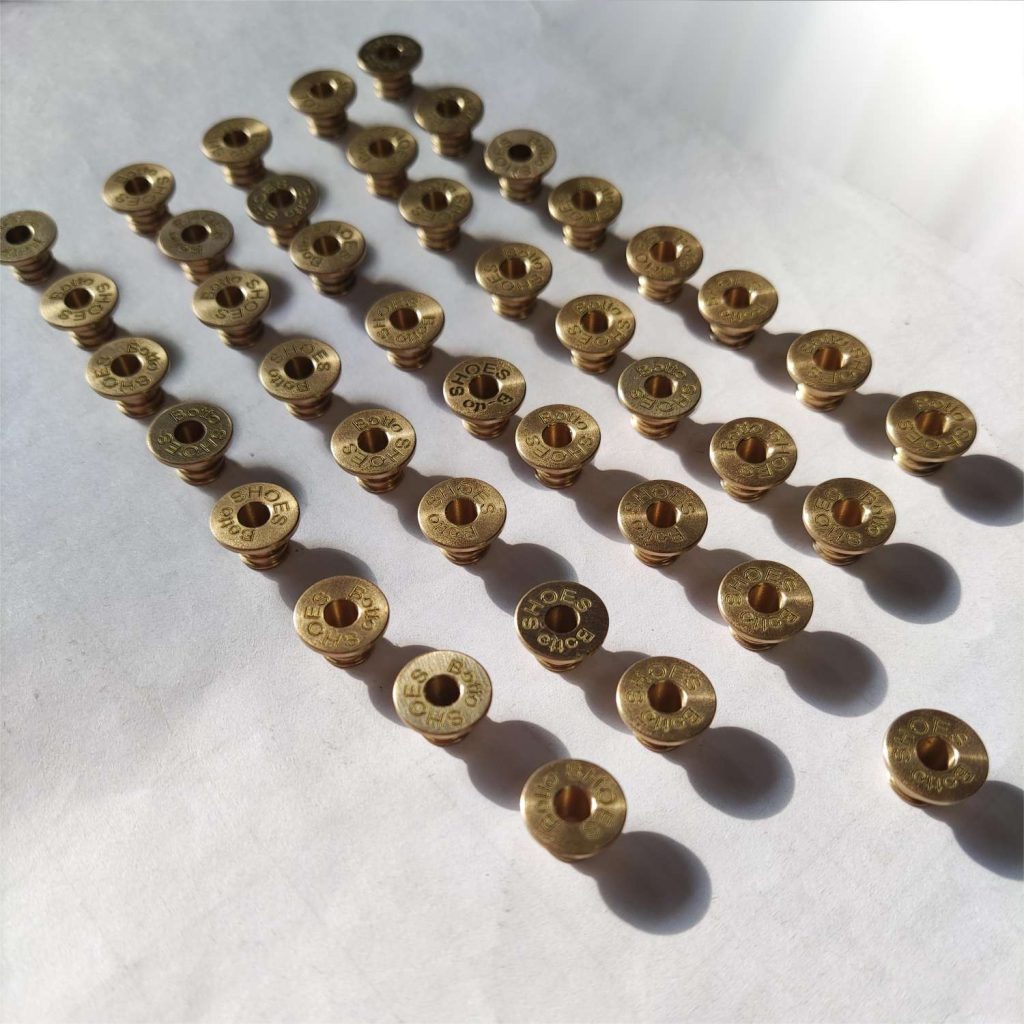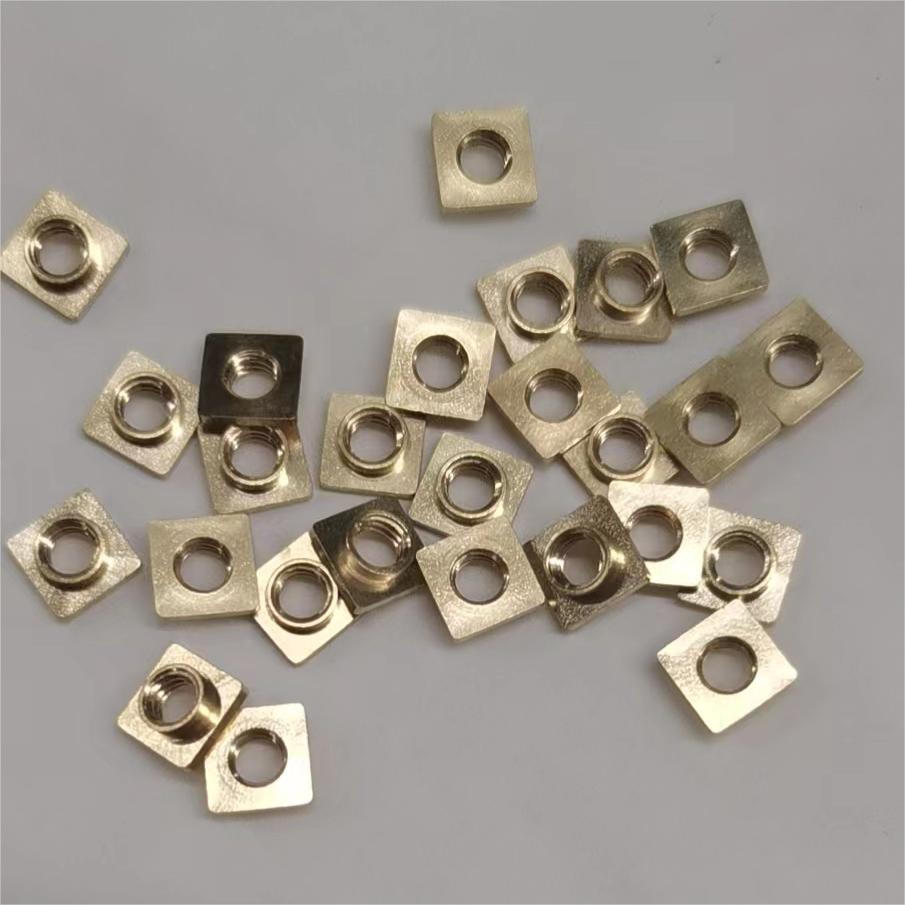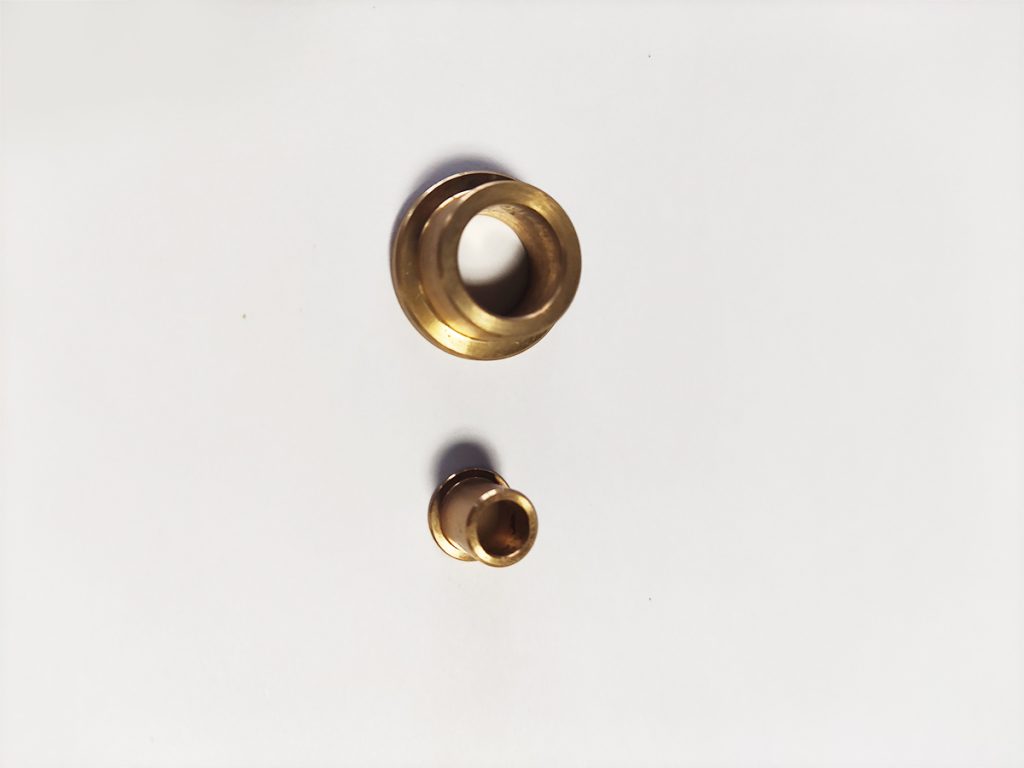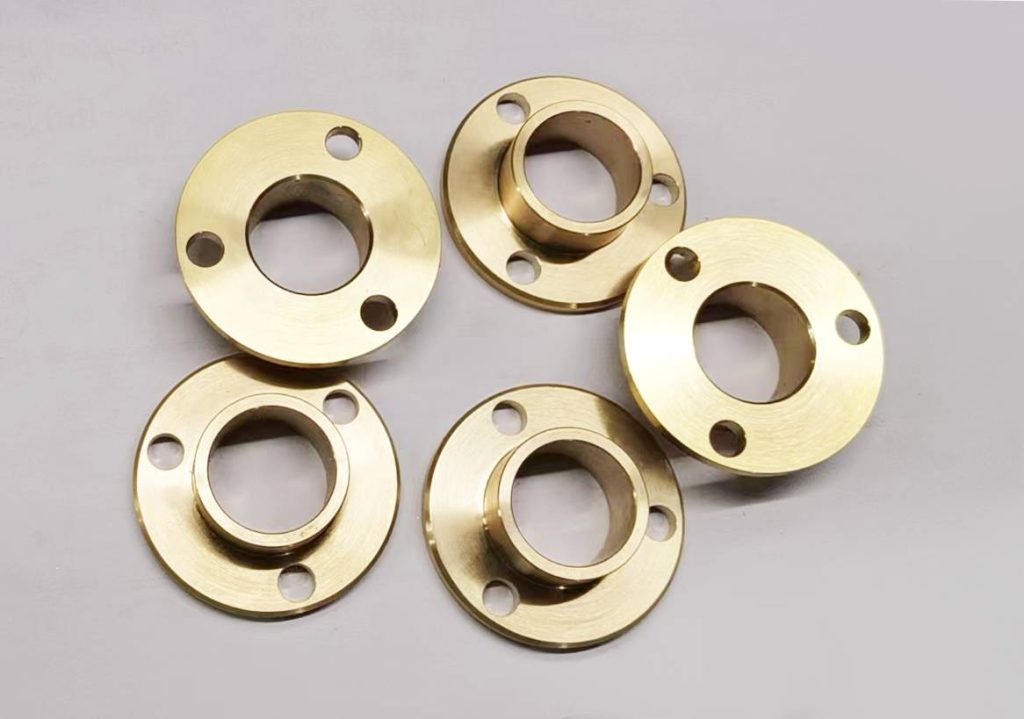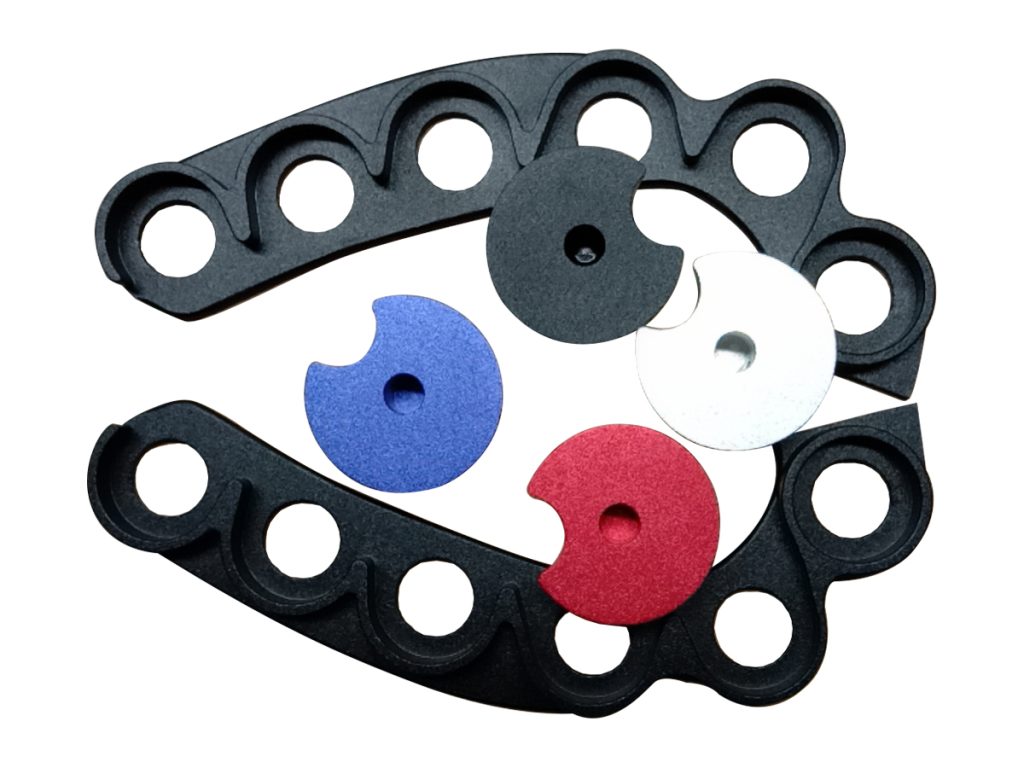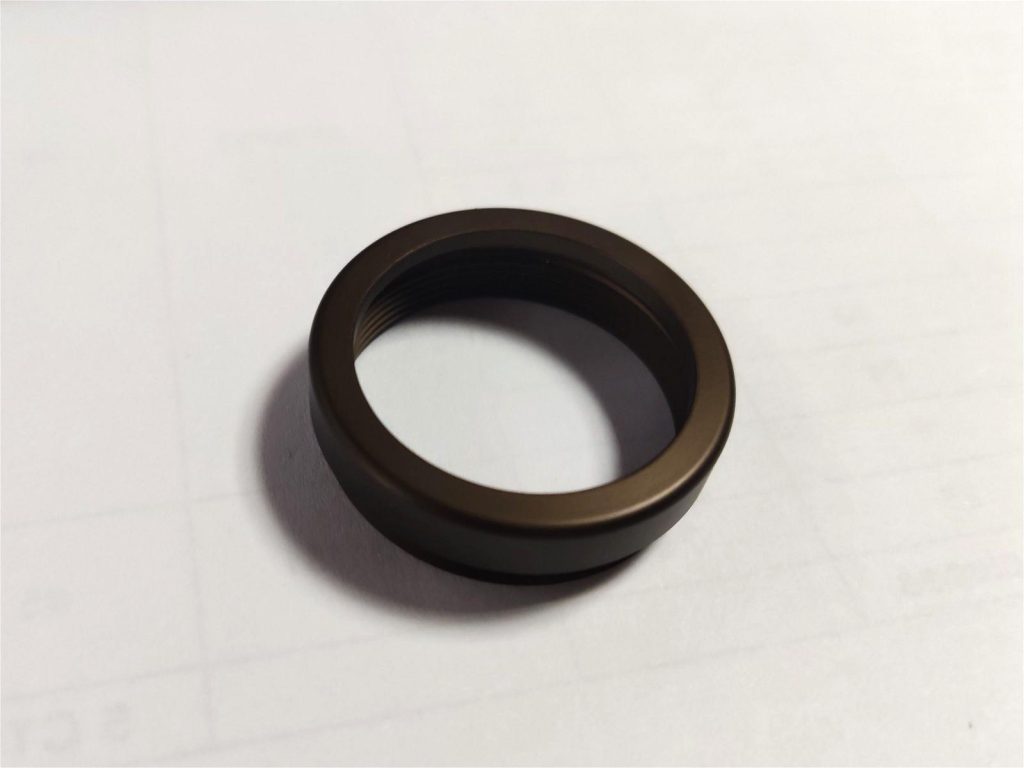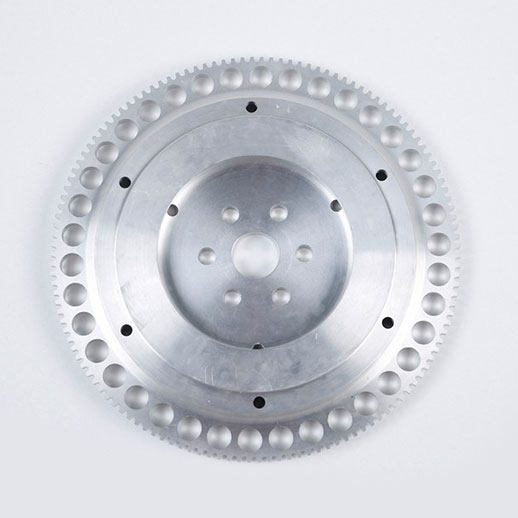Ever wonder why seasoned machinists often reach for that familiar yellow brass bar when precision parts are needed fast? Chances are, it’s C360 brass, the undisputed MVP of the CNC machining world. Let’s break down why this stuff is practically magic on the shop floor.
What Exactly is C360 Brass?
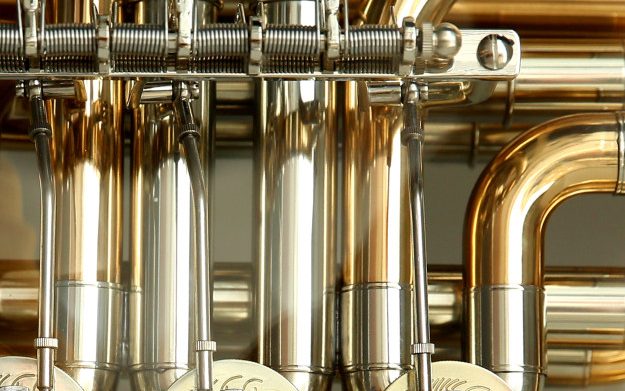
Think of C360 as the “easy-going” member of the brass family. Its secret sauce? A specific blend designed for smooth sailing in machining:
Composition: Primarily copper (around 60-63%) and zinc (around 35.5%), with a crucial dash of lead (2-3%). Yep, that lead is the key player!
Nicknames: You’ll hear it called Free Machining Brass, C36000, or simply “360 Brass”. The “free machining” part isn’t marketing fluff – it’s the real deal.
Material Properties:
- Machinability King: This is its crown jewel. C360 boasts the highest machinability rating among copper alloys (a whopping 100% on the CDA scale, often cited as 85% relative to free-cutting steel being 100%)—translation: tools cut through it effortlessly, like a hot knife through butter.
- Decent Strength: It has good tensile strength (around 45-60 ksi) and yield strength (around 40-50 ksi) for a brass, making it suitable for many functional parts.
- Fair Ductility: Its elongation (around 25-40%) means it can handle some forming, though it’s not super bendy like other alloys. (C360 brass bending is possible but requires care.)
- Nice Finish: Machines to a beautiful, clean, bright surface finish almost effortlessly.
- Corrosion Resistant: Holds up well against corrosion in many environments (not marine, though!).
- Conductivity: Good electrical and thermal conductivity.
- Hardness: Moderate (C360 brass hardness is around Rockwell B 70-85), making it easy to cut but durable enough.
Read more: Materials – CNC Machining Brass and Copper
Grab any C360 brass data sheet and you’ll see these properties front and center, along with specs for tolerances, standard sizes (like C360 free cutting brass rod or C360 free cutting brass round bar), and tempers.
| Feature | Advantage | Disadvantage |
| Machinability | Exceptional! Fast speeds, feeds, less wear, superb finish. | |
| Finish | Bright, smooth surface right off the machine. | |
| Cost | Lower machining costs (faster cycles, less tool wear). | Material cost higher than steel (but often offset by machining gains). |
| Strength | Good for many applications. | Not as strong as steel or some other alloys. |
| Corrosion | Good general resistance. | Not for saltwater or harsh chemicals. Avoid dezincification. |
| Lead Content | Enables free-machining magic. | Not food-safe or potable water safe due to lead. Environmental concerns. |
Why C360 Brass Rules the CNC Machining World
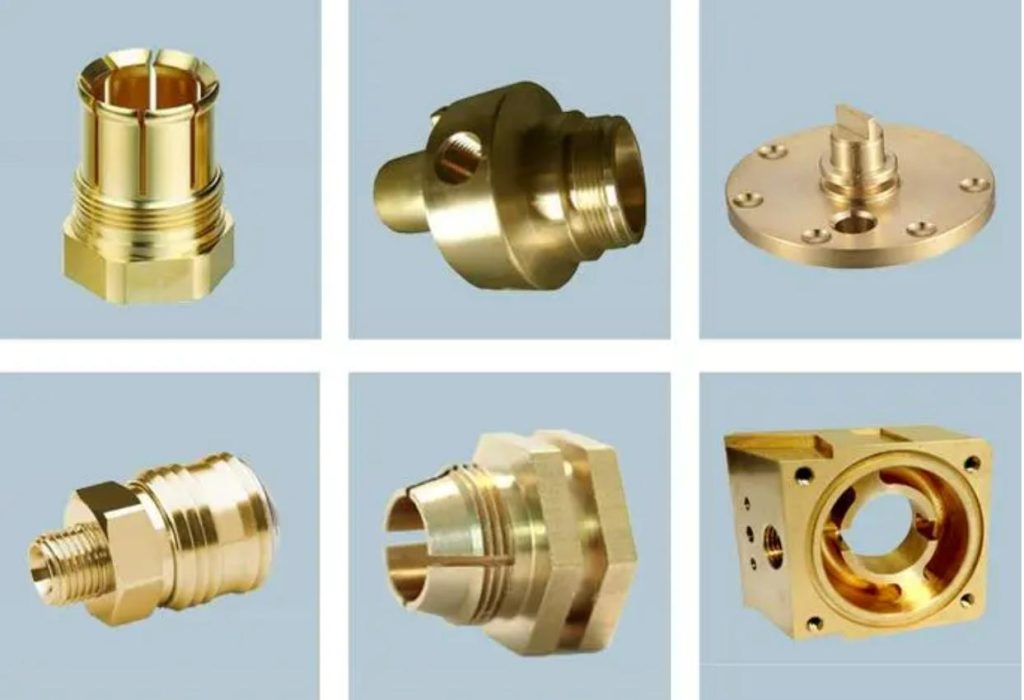
So, why is C360 Brass CNC machining such a dream team? It boils down to cold, hard efficiency and results across the board:
Unbeatable Machinability (& Profitability!): This is the #1 reason. Brass C360 machinability means:
- Crazy Fast Cycle Times: You can run spindles faster and feed rates higher than with almost any other metal. Jobs finish quicker, period. More parts per shift = lower cost per part.
- Tool Longevity Champion: Tools just don’t wear out as fast. Less tool wear means fewer interruptions for tool changes, lower tooling costs, and consistent quality. Say goodbye to constant resharpening or replacement.
- Minimal Downtime: Faster cutting + longer tool life = more machine uptime, making parts, not being set up or maintained.
- Lower Power Consumption: Cutting effortlessly requires less energy from your CNC machine.
Cost-Effectiveness (Look Beyond the Raw Material!): Sure, the C360 free-cutting brass rod costs more per pound than steel. BUT! Factor in the massive savings from:
- Drastically reduced machining time.
- Lower tooling costs.
- Less scrap due to easier, more predictable machining.
- Reduced energy use. Often, the total cost per finished part is highly competitive or even lower than “cheaper” materials that are harder to machine.
Predictability & Ease: C360 brass CNC machining is incredibly forgiving and consistent. It doesn’t work-harden aggressively, produces predictable, manageable chips (not stringy birdsnests!), and holds tolerances beautifully. This reduces operator stress and setup/scrap risk.
Stellar Surface Finish: Need a part that looks as good as it functions? C360 delivers a smooth, bright, ready-to-use finish straight off the machine, often eliminating secondary polishing steps. (Brass C360 material properties make this possible).
Good Enough Strength: For countless applications – fittings, valves, electrical components, gears, decorative hardware – its tensile strength, yield strength, and elongation provide ample durability without the machining headaches of harder metals. Think pins, bushings, nozzles, and connectors.
| Factor | C360 Brass Performance | Why Machinists Care |
| Speed | Exceptional | Faster jobs, lower cost per part, higher throughput. |
| Tool Wear | Very Low | Safer, less machine cleanup, and prevents damage. |
| Surface Finish | Excellent (bright & smooth) | Often eliminates polishing, parts look great immediately. |
| Chip Control | Excellent (short, breaks easily) | Less scrap, easier programming, reliable results, and less operator stress. |
| Predictability | Highly Predictable | Less scrap, easier programming, reliable results, less operator stress. |
| Overall Cost | Highly Competitive (Total Cost) | Savings on machining time/tools OFFSET higher material cost, leading to better profit margins. |
Read more: Best Practices for Machining, Maintaining, and Handling Brass CNC Parts
conclusion
C360 Free Machining Brass (60% Cu, 35.5% Zn, 3% Pb) is CNC’s efficiency champion. Tools slice through it like butter, enabling ultra-high speeds/feeds and minimal tool wear. Boasting 100% machinability, C360 cuts faster, slashes tooling costs, and delivers stunning ready-to-use finishes straight off the machine—making it the ultimate productivity booster. While offering exceptional speed, low tool wear, beautiful aesthetics, and good corrosion resistance (non-marine), note that it’s not food/water-safe (due to lead), unsuitable for marine environments, and has lower strength than steel.


